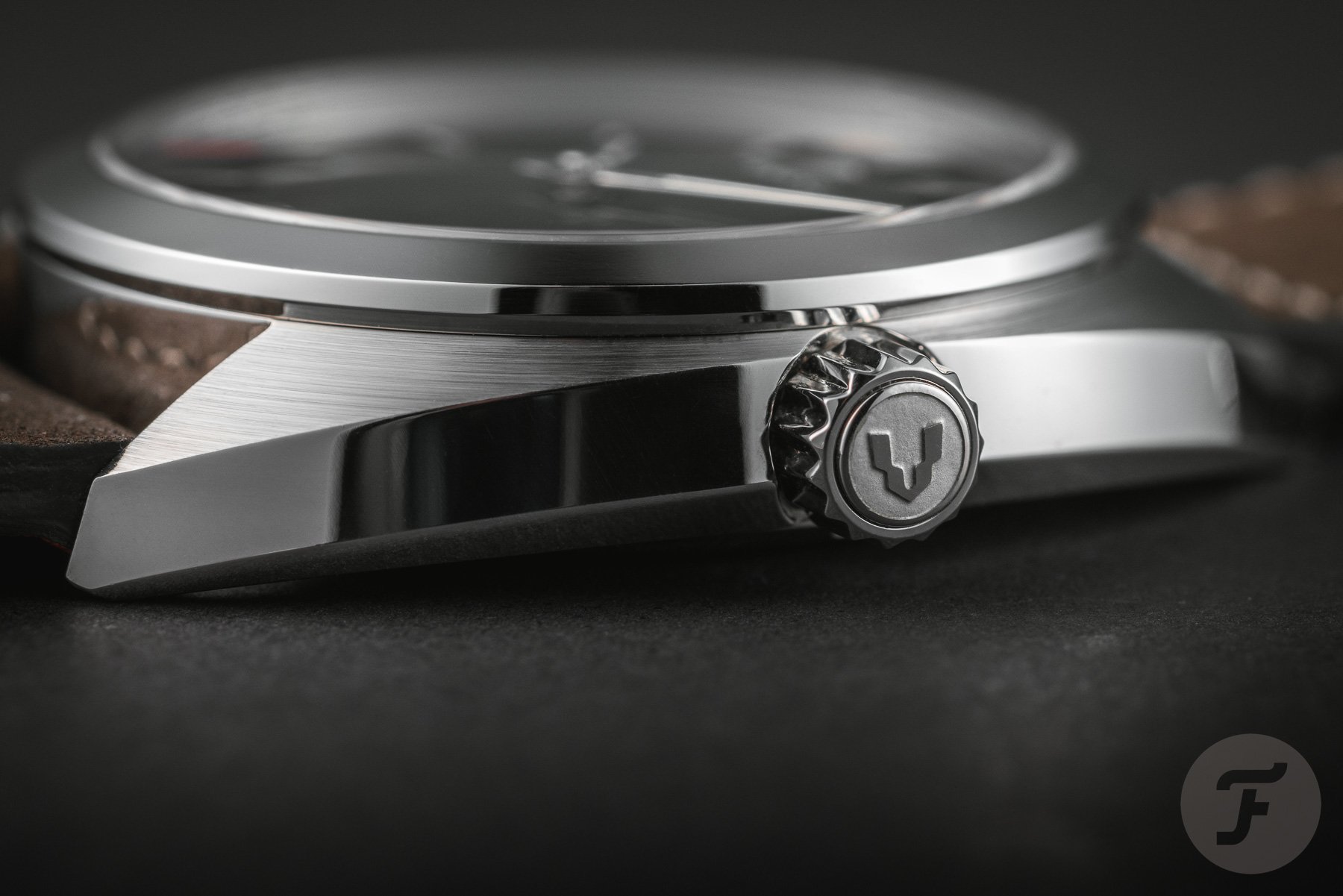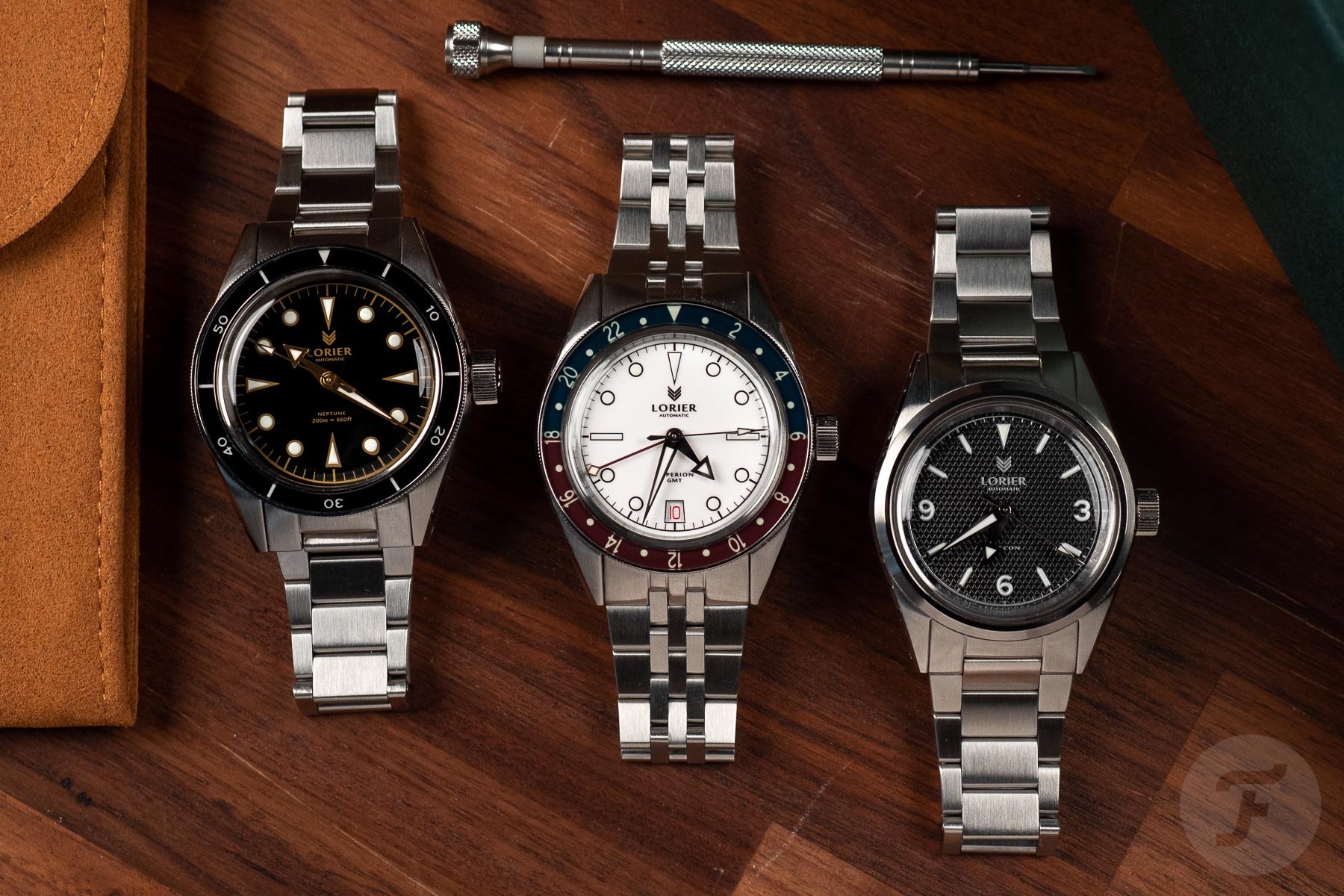Can Microbrands Pull Off High-End Watchmaking?
Just over a year ago, I wrote an article about the rise of microbrands. It was a musing on why small, independent watch brands seem to rapidly gain ground. Little did I know that today, a year later, I would be building a brand of my own. It was already a lucid dream then, but due to illness in the family, there was no room for such risky frivolities. Relief in the form of a clean bill of health for my loved one came unexpectedly soon after. So I decided that life is too short to wait and set off on my journey.
This, for transparency’s sake, is the background with which you should see my answer to a question posed by Nacho, our managing editor: can a microbrand pull off high-end watchmaking? In a sense, it is an extension of that article from November 2022. It sets the bar a little bit higher. Will we see microbrands move into higher-end watchmaking? Let me share my vision here.
What qualifies as a microbrand nowadays?
Since then meantime, our own Gerard has worried about what qualifies as a microbrand. He had some interesting ideas on the topic, which I will not repeat here. Although there are no hard definitions and certainly are some gray areas, I think there is a shared intuitive idea. We are talking about small, often young, and independent watch brands. Most outsource their production. Microbrands that do more production themselves are often labeled “independents.”
However, I do think that the definitions will only get vaguer as the way we work develops. You may reasonably expect that as a brand grows, it will release more models and sell greater quantities. Traditionally, such a brand would then start hiring more people, build a customer service department, a marketing department, a fulfillment center, a higher management layer, a service and repair center, and so on.
But isn’t it weird that we would look purely at old watch brands to predict the future of new ones? Is Baltic just like Longines with a 185-year lag? Of course not. The way we work and organize ourselves is changing rapidly. And if you project that onto up-and-coming watch brands, you see an entirely different future. I see a future of dynamically cooperating, small, and nimble watch companies. Interestingly, on the watchmaking side of things, we probably should look at the past…
The hub-and-spokes model of microbrands
As you may know, watchmaking has historically been a compartmentalized and specialized field. There were specialist manufacturers of dials, hands, movements, cases, etc. And then there were brands doing design, sometimes assembly, marketing, and sales. The brand was the hub, and the specialist suppliers were the spokes.
Today, the watch industry nourishes something of an in-house cult. Some brands strive for vertical integration or have achieved it. Think, for instance, of Rolex and (Grand) Seiko. However, nearly all strive for the image of being vertically integrated. While they may work with external designers and part suppliers, they portray an image of a completely in-house watchmaker.
Microbrands don’t have that luxury. Nobody would believe me if I pretended to build VPC watches by hand in my attic from steel, brass, and sapphire. Naturally, I publicly embrace the hub-and-spokes model. In terms of image, it may even be to my benefit since I can rightfully claim to be using precisely the same specialist suppliers as the big brands that pretend to do it themselves.
This means there are no technical barriers to microbrand growth into high-end watchmaking
The above is relevant because it shows that, at least technically, microbrands can go as high-end as they please. If I want to build a tourbillon minute repeater, there is only one hurdle to overcome — money. I can knock on the same doors as any traditional brand to have someone design and build such a caliber for me. To put it simply, it isn’t the case that microbrand watches are produced by specialist low-end microbrand manufacturers that are separate from the “real” watch industry. The parts come from the same suppliers, and the process follows the same rules.
Look at Czapek, for instance. I wouldn’t classify it as a microbrand, but the leaders behind it are completely transparent about their use of the hub-and-spokes system. It enables them to make awe-inspiring watches with much greater efficiency. Business-wise, I presume that it keeps them nimble and resilient too.
Additionally, there is nothing holding microbrands back from innovating and mastering crafts and technologies themselves. This way, the line between “microbrand” and “independent” will blur.
Is there a demand for higher-end watchmaking in the microbrand space?
Whether it is technically possible is perhaps the slightly obvious and predictable question. The more important question is: should microbrands move into higher-end watchmaking? Before I give my opinion on the matter, this is why I started this article by describing my journey. I have invested my entire worth and then some into my microbrand, with a very specific higher-end vision. Naturally, I am bullish about it. RJ, however, might answer entirely differently.
I do feel that there is room for microbrands to pursue higher-end watchmaking. I am speaking of higher-end watchmaking in general, not just complicated watchmaking. In my case, that refers to a more elaborate design that doesn’t allow for the use of generic parts (except for the movement and part of the clasp), higher levels of machining and finishing quality, and general use of more complicated and time-consuming manufacturing processes that lead to a more refined and longer-lasting watch.
Over the past year, I have seen a continuation of the trend I described in that previous article. Big brands are still moving upmarket. And they are still moving toward a conspicuous-consumption clientele rather than the diehard watch aficionado. Consequently, watches will get more expensive and less to the taste of many informed hobbyists. And that means the space that is opening up for microbrands that are focused on aficionados will only widen.
Too big, too shiny, too expensive
Let me make this concrete. I recently did an overview of the Omega Planet Ocean and found myself head over heels for the very first model. Later versions got too big, too shiny, and too expensive for me. Considering the broader market development described above, that is precisely what you would expect.
While there are plenty of true aficionados who love the bigger, shinier, and more luxurious versions (and there is nothing wrong with that), many do not. And this group may just feel right at home with microbrands run by people with similar tastes. They may, at the same time, however, still want the higher-end quality that you just don’t get from a €700 microbrand watch.
This is why I believe that the space for higher-end microbrands will continue to grow. It wasn’t too long ago that microbrands were considered derivative budget alternatives that no high-brow watch lover would touch. Those days are now gone. I see many collectors, particularly younger ones, who happily have watches from both Kurono Tokyo and Patek Philippe in rotation, for instance. And, honestly, that makes a lot of sense to me.
Beyond specs
There is one challenge that I am eager to see microbrands tackle. It is the fact that their often online-only sales model makes it tempting to focus on specifications, which isn’t the same as high-end watchmaking. So many microbrands stumble over each other to make an even more accessibly priced watch with million-meter water resistance, 50 layers of AR coating, a lumed ceramic bezel, and so on. Why? Because impressive specs work miracles on the computer or smartphone screen.
If microbrands want to make single-cask watches, they will need to convey the taste difference through a screen.
But it misses a crucial point in fine watchmaking — the refinement and beauty of the build and finishing. This matters a lot when watches are compared in a boutique because you instantly see the difference between a €15 dial and a €150 one in real life. You instantly feel the difference between a generic, mass-produced bracelet and one made to higher standards with finer tolerances. Online, though, people say, “It has a Sellita SW300, and it costs €5,000. I can get the same movement in the €700 watch X.”
But this can be like saying a single-cask whisky that has matured on Sauternes wood for 30 years is the same as Johnny Walker Red because they share the same ingredients and alcohol percentage. If you don’t taste the difference, power to you. But you cannot call them the same and ridicule people who appreciate the former. This, naturally, doesn’t apply to those who charge 30-year-old single-cask money for a Red Label-like product. If microbrands want to make single-cask watches, they will need to convey the taste difference through a screen. And that is a challenge.
Closing thoughts on microbrands and high-end watchmaking
I am finding this a particularly hard article to write. Since I am molding my very life after this core question, I get why Nacho asked me. I am putting my money where my mouth is, making me the right guy to ask. But, then again, it also makes me biased. I hope you can, at least, follow my arguments and keep my colored position in mind.
Of course, I am not the first to try. Laventure, for instance, has proven that there is a niche for a higher-end microbrand. With Laventure’s releases constantly sold out, it is hard to gauge how big the demand for the watches truly is. Fears, Lebois & Co, anOrdain, Minase, Kurono Tokyo, and Aquastar, to name a handful, have already shown that small watch brands can succeed while focusing on something other than bare accessibility. They break the shackles of being the affordable alternative and just strive to make something great. In this sense, I feel like I am pointlessly pondering something that is already long underway. People are making, buying, and wearing these watches, not caring whether they come from established, big players or young microbrands. You see? It is a deceptively simple question but a tough article to write.
Expectedly, my prediction is that this development will continue. We will see the microbrand space expand in all directions, including higher-end watchmaking. And I wouldn’t be surprised if the entire term “microbrand” gets lost somewhere along that path.
What do you think? Can a microbrand pull off higher-end watchmaking? Let us know in the comments section below!












